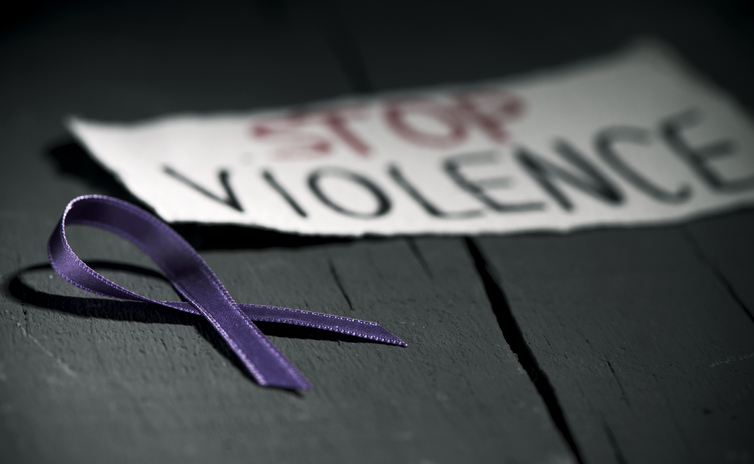
Thirty percent of women experience domestic violence in various circumstances but the rate increases during natural disasters such as bushfires, floods, and cyclones while community attention is focused on recovery and reconstruction.
A review of 39 papers on domestic violence at Flinders University has assessed the lived experiences of Australian women enduring natural disasters while suffering domestic violence to better inform emergency management policies and improve safety for women in future disasters.
So why does it happen? Previous studies on women’s experiences did not find an underlying reason behind the violence but participants suggested it was already persistent and that frustrations based on their partners feelings of insecurity after a natural disaster was a catalyst for further violence.
For example, almost 47% of female participants in an Australian study who were assaulted for the first time in their relationship, acknowledged receiving disrespectful gestures from their partners multiple times beforehand and foreseeing the tendency for violence in their partners.
“Previous research on increased domestic violence and intimate partner violence following the New Zealand earthquakes suggested that the complaints were regarded as sudden outbursts from male partners and therefore ignored. This shows the barriers that women face in accessing assistance from support organisations,” says co-author of the review published in the Australian Institute for Disaster Resilience, Dr Tazrina Chowdhury.
“The culture of denial and deeply embedded social structures gave men the opportunity to get away with such offences because, in many cases, these incidents were overlooked by law enforcement personnel, health workers, neighbours and even the victims themselves who rationalise spousal abuse as an understandable response to post-disaster trauma and frustration for men.”
Of the respondents in a previous study, 78% strongly agreed or agreed that during a bushfire emergency, women are more likely to rely on male family members and peers for warning information, evacuation instructions and rescue activities which can prevent them from acting during emergencies.
Women of Aboriginal or Torres Strait Islander background have also faced challenges in getting involved in community resilience programs because the management approach of the Australian Government does not often recognise nor include Indigenous gender issues.
“Ethnic diversity and lifestyles should be acknowledged and incorporated in planning and policies to maximum the inclusion of women to develop practical and sustainable resilience plans,” says review co-author and Director of the Torrens Resilience Institute, Professor Paul Arbon.
“Our review highlights there is consensus on the challenges faced by women in Australia, and more research regarding interventions is required to reduce the negative effects of disasters on women. This review aims to inform emergency management practice in Australia and to direct further research to improve the outcomes for women and their safety.”
“The recurring issues faced by women in disasters highlight the significant need for their input into emergency management policies because people who have lived experiences can inform the decisions about important considerations in an inclusive manner.”
The researchers say future research should develop better understandings of women’s experiences, considering age, ethnicity, education and qualifications, marital status, levels of financial independence and other variables to distinguish patterns of women’s changing perceptions of their life situations in disasters.
This can develop an improved understanding of women’s roles and potential in emergency and disaster preparedness and response activities, and in building the resilience of families and communities.
‘Understanding the experiences of women in disasters: lessons for emergency management planning’ is available here.

